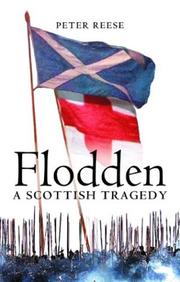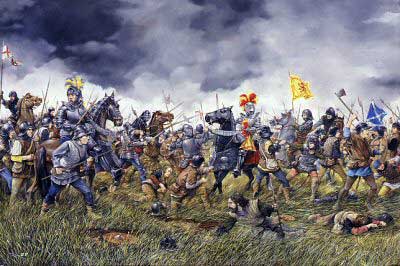I am getting into the research for our first display game of season at
Carronade in May, the Battle of
Muret 1213.
I usually start with a general history and this is Jonathan Sumption's 'The Albigensian Crusade'. To most people 'crusade' means the Holy Land or perhaps Spain, or if like me your interest is in the Balkans, then perhaps Nicopolis 1396. You probably wont think about Southern France and the Languedoc in particular. However, in the early 13th Century there were several fully authorised crusades aimed at extinguishing the Cathar church.

The beliefs of the Cathar church are not at all clear because the Catholic church destroyed their writings, but they appear to have been similar to the Bogomils in the Balkans. They were certainly a protest against what they perceived to be the moral, spiritual and political corruption of the Catholic church. They opposed war and capital punishment, marriage vows, sexual intercourse even to the extent of not eating the product of any intercourse. Instead of priests they had Perfects who administered the Consolamentum, involving a brief spiritual ceremony to remove all sin from the credente, or believer.
While this was a grass roots movement, it had widespread support amongst the nobility, including at least tacit support from the area's main ruler, Count Raymond VI of Toulouse. Militarily this meant the crusade pitted the knights of Northern France against those from the South. The widespread northern enthusiasm for the Crusade was less to do with religious fervour than the papal decree permitting the confiscation of lands owned by Cathars and their supporters.

The crusade was led by Simon de Montfort, no not the Barons War one, but his father. The war fell into a routine of summer gains, mostly through siege warfare, when Simon was supported by large numbers of crusaders. Then some falling off during the winter when he had to hold off the locals with a small number of knights. The decisive battle was Muret in 1213, a victory against Raymond of Toulouse and his allies, including Peter of Aragon who died in the action. In the longer term it had greater significance to the royal house of France than to Simon de Montfort, as it was a big step in the creation of the unified French kingdom we know today.
Sumption's book explains the dualist tradition of the Cathar Church and then the main campaigns that didn't conclude until the French King Louis VIII led a crusade in 1224 - 29. The Cathar church gradually died away after that. The last major military stand was at the Cathar fortress of Montsegur in 1244.
While Sumption describes the campaigns he doesn't say much about the armies. For that I turned to Osprey MAA 231
'French Medieval Armies' that has a rather good colour plate of Simon de Montfort on the cover. Ian Heath,
'Armies of Feudal Europe' is always a good source. Oman covers the battle itself in Volume One of his
'Art of War in the Middle Ages'.
So, history understood, the next stage is the armies. I have started to collect flags from a variety of suppliers and a few figures including the Mirleton version of de Montfort. Then we will need an audit of figures in the collection of GDWS members to identify the gaps for the painting table.

















